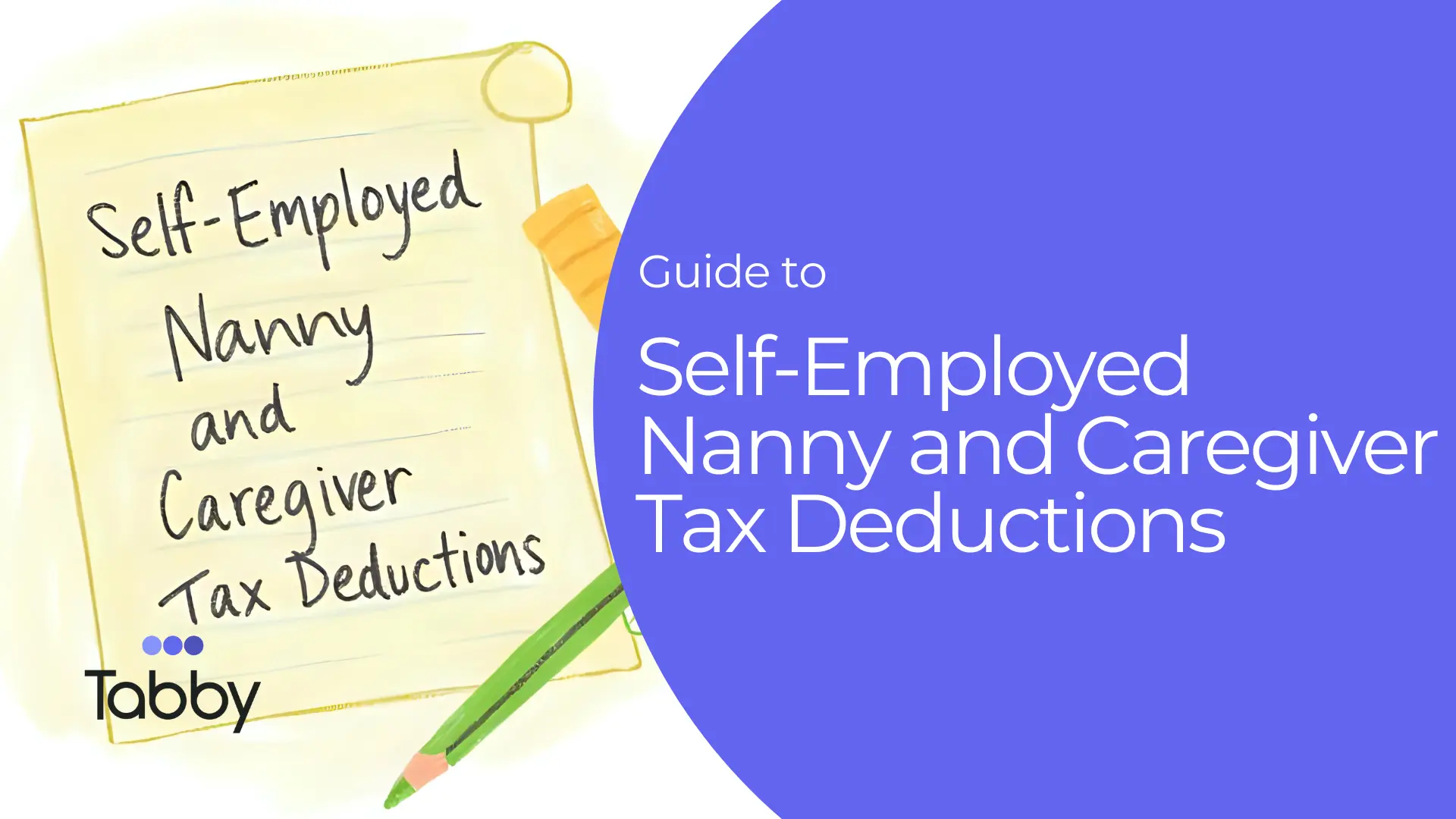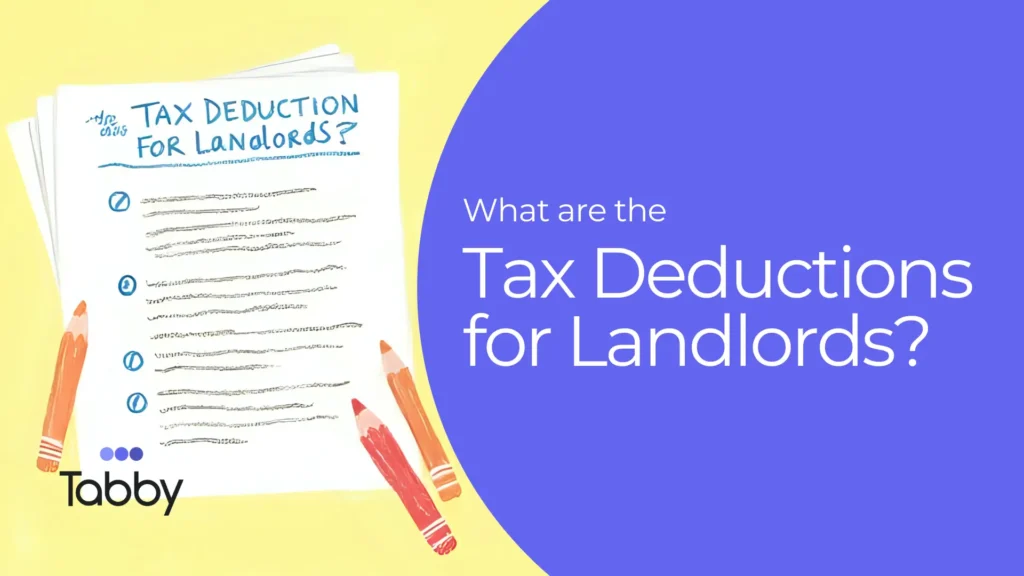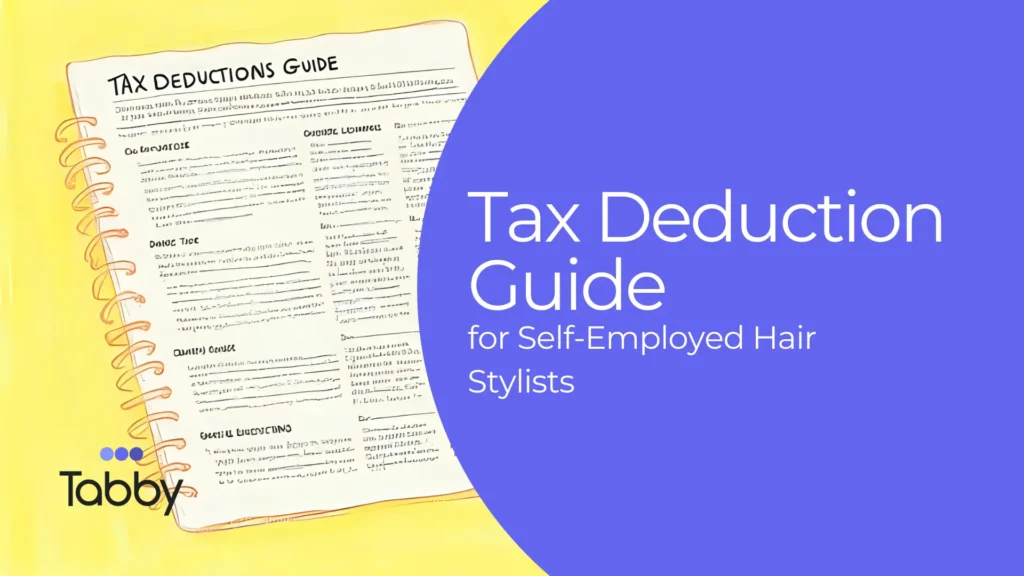- Tax Preparation,
- | November 7, 2025
Guide to Self-Employed Nanny and Caregiver Tax Deductions

If you work as a nanny or caregiver, you probably spend more time taking care of others than worrying about your own taxes. Most people in your shoes don’t think about deductions until tax season hits and by then, it’s too late to go back and organize everything.
The truth is, you can save a lot of money if you just know what counts as a business expense. Most caregivers I’ve worked with are surprised when they realize how many things they can actually write off. The problem isn’t that the deductions aren’t there, it’s that people don’t know where to start.
So let’s take it slow and break this down step by step.
Self-Employed Nanny and Caregiver Tax Deductions Guide
Step One: Know How the IRS Sees You
If you’re self-employed, it means you work for yourself. Nobody’s taking taxes out of your pay like they do when you get a W-2. You’re the boss and the bookkeeper and the one who deals with the IRS.
You’ll usually get a 1099 form if a family or client paid you over $600 during the year. That form shows what you earned, not what you owe. It’s your job to figure out how much of that is taxable after your deductions.
You’ll also pay what’s called self-employment tax, which covers Social Security and Medicare. It’s about 15%. That sounds like a lot, but don’t panic. The deductions you claim lower the income you pay tax on, so it all balances out once you calculate everything properly.
Step Two: What You Can Actually Deduct
Let’s talk about what’s fair game. The general rule is simple: if you spent money to do your job, it’s probably deductible. The trick is proving it.
1. Driving and Mileage
If you drive to clients’ homes, take kids to appointments, or pick up groceries for someone you care for, you can claim that mileage. You don’t need to save every gas receipt, just track your miles. Write down where you went and why. The IRS sets a rate each year for how much each mile is worth.
2. Supplies and Tools
Think about the things you buy for work. Gloves, cleaning products, sanitizer, paper towels, or even small first-aid kits. If you work with kids, that could mean books, toys, or craft supplies. Anything you buy specifically for your clients is deductible.
3. Training and Certifications
Classes like CPR, first aid, or continuing education courses all count. If it helps you do your job better or stay certified, you can write it off.
4. Phone and Internet
If you use your phone to text clients, schedule appointments, or manage your caregiving business, a percentage of that bill can be deducted. The same goes for your internet if you use it for work-related tasks.
5. Home Office
This one scares people, but it’s simpler than it sounds. If you use a space in your home only for caregiving paperwork, things like scheduling, billing, or filing that portion of your rent and utilities are deductible. Measure the space and calculate what percent of your home it takes up.
6. Insurance
If you pay for liability insurance or business coverage, that counts. Health insurance can also be deductible if you buy it yourself and you’re self-employed.
7. Licenses and Background Checks
Many caregivers have to pay for fingerprinting or background checks to get hired. Those costs can be deducted too.
8. Marketing
Did you make business cards or pay for online ads to find clients? That’s marketing and it’s deductible.
9. Uniforms
If you wear scrubs or required work clothes that aren’t everyday clothing, you can claim them.
Step Three: Stay Organized All Year
You don’t need fancy software or color-coded folders. What you need is consistency. I tell clients to pick one method and stick to it.
Here’s what works for most caregivers:
- Use one bank account just for work. Don’t mix your grocery runs with your job expenses.
- Save every receipt. You don’t need to keep them in a shoebox, take a photo right away and store it digitally.
- Write down your miles at least once a week. You’ll thank yourself later.
- Review your expenses monthly. It’s easier to fix small mistakes right away than to fix a year’s worth of them later.
If that all feels like too much, use an app like Tabby. It connects to your bank and automatically labels your transactions so you don’t have to. It’s built for freelancers and self-employed workers who don’t have time to play accountant after a 10-hour day.
Step Four: Common Mistakes That Cost Caregivers Money
I see these same errors every year, and they all come down to not tracking things properly.
- People mix business and personal spending.
- They forget small purchases like parking fees, gloves, or cleaning wipes.
- They don’t log their miles.
- They assume they’ll “remember later.” (They never do.)
- They forget to pay quarterly estimated taxes.
You don’t need to be perfect, you just need to be consistent. The IRS doesn’t care how fancy your records look, only that you have them.
Step Five: Real Example
Let’s use an example to make this real.
Say Jasmine works as a self-employed caregiver and earned about $42,000 last year. During that time, she spent:
- $900 on supplies
- $250 on CPR and training
- $700 on her phone and internet for work
- 5,000 miles driving between clients
That’s around $5,000 in deductions. Now the IRS only taxes her on $37,000 instead of the full $42,000. That’s hundreds of dollars saved just by keeping track of what she was already spending.
Why Record-Keeping Matters
The IRS doesn’t take your word for it. They need proof. If you ever get audited, you want to be able to show clear records of what you spent and why.
Keep it simple: receipts, notes, and bank statements. You don’t have to be perfect, just organized enough to back up your deductions.
Even if you’re never audited, keeping records helps you see where your money goes. It’s also a good reality check on how much you’re actually earning after expenses.
How Tabby Helps
If the thought of spreadsheets makes your head hurt, that’s fine. That’s exactly why tools like Tabby exist.
You link your bank account once, and it automatically tracks and organizes your expenses. You can tag things like supplies, gas, training, or insurance. When tax time comes around, you download a summary and send it to your accountant or just plug it into your return yourself.
It’s built for people like you, caregivers, nannies, gig workers anyone who wears too many hats and doesn’t have hours to waste on bookkeeping.
The Takeaway
Caregivers do some of the most important work out there, but you shouldn’t be losing money because of bad record-keeping. The IRS gives you the right to deduct your real business expenses you just have to take advantage of it.
Start small. Separate your work money from personal spending. Save your receipts. Write down your miles. Once you get into a rhythm, it’s not hard at all.
And if you want to make it even easier, let Tabby do the heavy lifting. It’ll track your expenses, find deductions, and make tax season way less stressful.You’re already taking care of everyone else. It’s time to take care of your finances too. Try Tabby today!
FAQs
What can I deduct as a self-employed caregiver?
You can deduct any expense that helps you do your job supplies, mileage, training, insurance, phone, and even marketing.
Can I write off a home office?
Yes, if you have a space used only for caregiving-related work, like scheduling or client paperwork.
Do I really need to save receipts?
Yes. Even if you use an app, hold on to proof of every expense.
What if I didn’t track anything this year?
Go through your bank and credit card statements to rebuild what you can. Start fresh this year with better habits.
How can Tabby help me?
It automatically tracks your spending, finds deductions, and keeps everything organized so you don’t have to.



